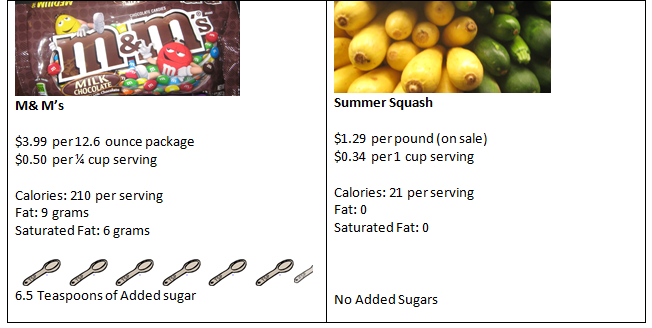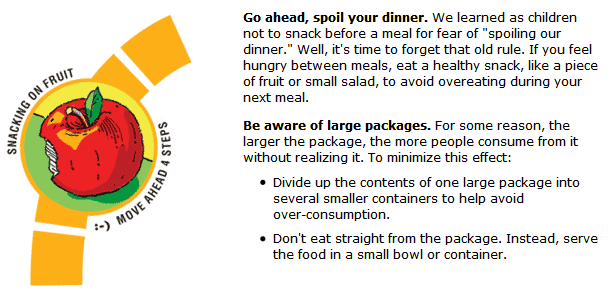 |
| Source: CDC |
As a journalist with a trained, observational eye, Glaser started noticing a trend among her female colleagues, friends, and neighbors. Women in their thirties, forties, and fifties were getting through their hectic days carpooling children, stressing over their teenager’s college application, or parenting their ill parents by drinking more. Their beverage of choice was wine.
In her new book, Her Best-Kept Secret: Why Women Drink—and How They Can Regain Control, she investigates this trend. According to Glaser, women buy nearly two-thirds of the 784 million gallons of the wine sold in the United States annually, and they drink 70 percent of what they buy. In her numerous conversations with women of varied backgrounds across the country, a reoccurring theme kept on coming uncorked. Women were drinking as “a poorly chosen but understandable way to cope with the stresses of modern life.” Research suggests that many folks, especially women, look to alcohol when stressed. While drinking provides empowerment for men, for women, it provides a sense of Chardonnay calm.
According to David Rosenbloom, Ph.D., a Professor of Public Health at Boston University (BU), “Drinking rates have increased sharply over the past 10 to 20 years in college women, and they seem to have continued this heavier drinking into early adulthood. There is anecdotal evidence of young mothers--usually suburban--getting together for afternoon playgroups with the kids playing in one room or corner of the park while the mothers "take the edge off" with a glass of wine.”
Stress and emotions aside, men and women are not created equal when it comes to handling alcohol. Physiologically, there is a difference between how men and women handle alcohol that can cause women to feel the effects of alcohol sooner:
- Women have less of the enzyme alcohol dehydrogenase in their stomachs than men. Because this enzyme helps breakdown alcohol, more alcohol will be absorbed and enter a woman’s blood through her stomach than a man’s.
- Women have less body water than men. Because alcohol mixes in water, women are less able to dilute the alcohol being distributed throughout their bodies. Thus, a woman’s brain will be exposed to a more concentrated and intoxicating amount of alcohol than a man’s.
If you are concerned about your alcohol consumption or know someone who is, the BU School of Public Health, in partnership with DrugFree.org, has created a self-screening program at alcoholscreening.org. The program allows individuals to anonymously determine if their drinking pattern is problematic. The website will also provide suggestions for positive lifestyle changes to reduce or eliminate the consumption of alcohol.
Be well, Joan
Follow Joan on Twitter at: joansalgeblake









